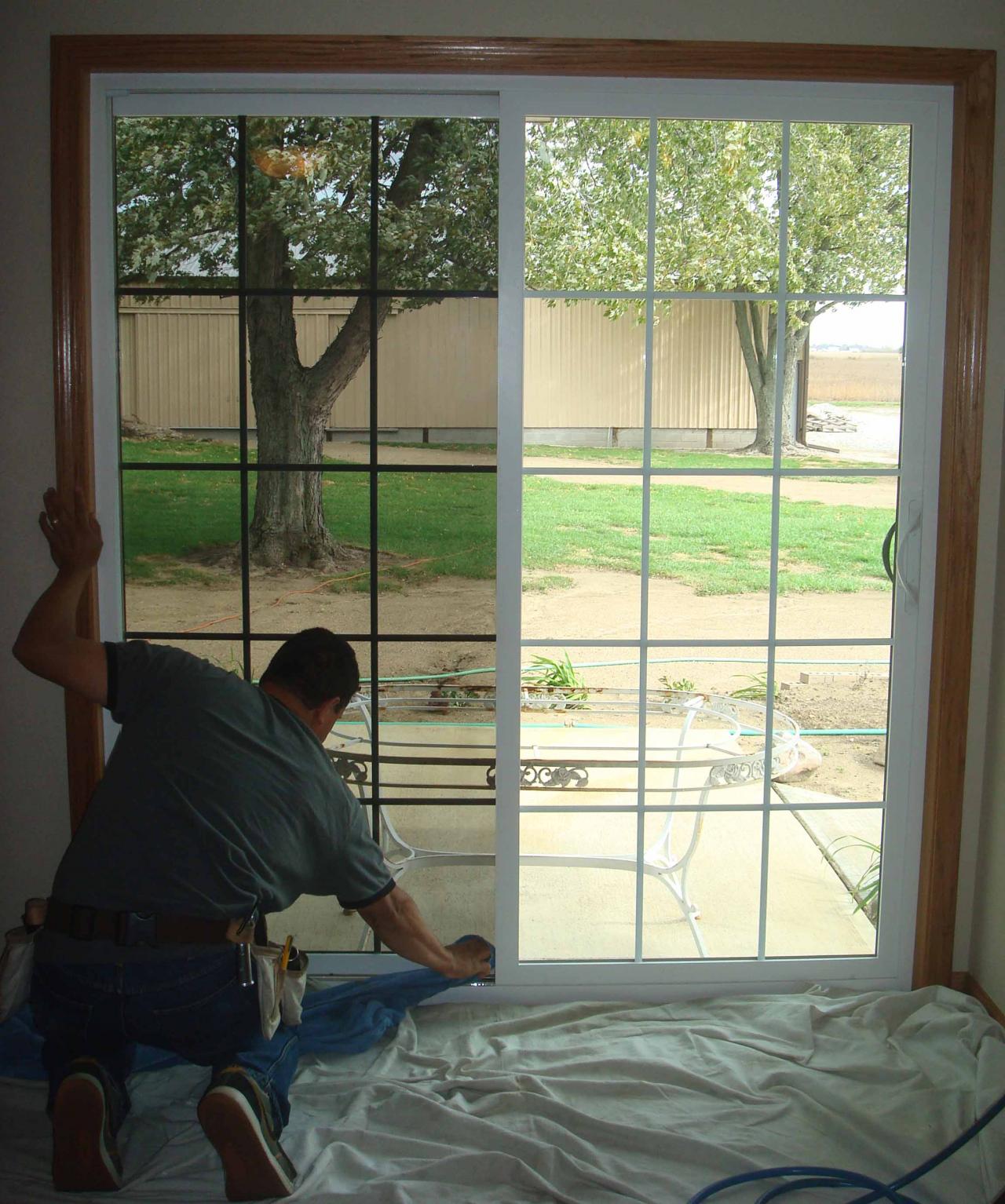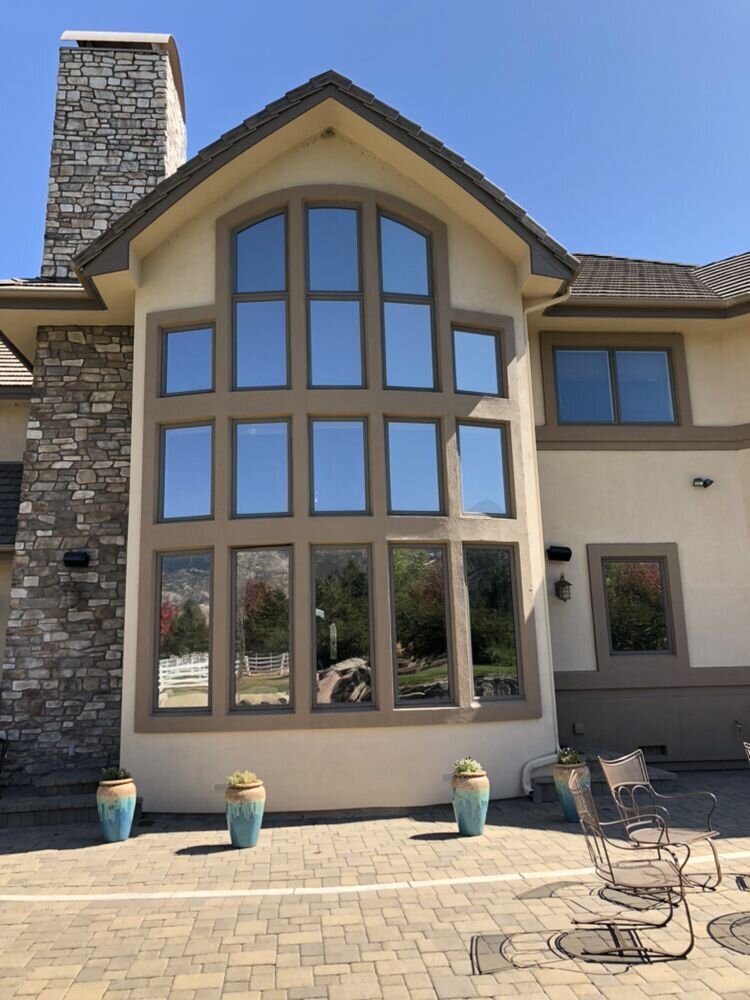Residential Window Tint for Large Windows: Keep Comfort and Design
Residential Window Tint for Large Windows: Keep Comfort and Design
Blog Article
Exactly How Residential Home Window Tinting Improves Your Home's Power Efficiency
Residential window tinting presents an engaging remedy for homeowners seeking to boost power performance within their living rooms. By using specialized movies to home windows, it successfully lowers warm transfer, therefore stabilizing indoor temperature levels and decreasing the requirement for extreme heating or cooling. This not just stops power intake yet additionally offers a much more comfortable setting by reducing glow. Nonetheless, understanding the nuances of exactly how tinting jobs and selecting the suitable kind for your home can be essential. Strangely enough, what elements should one take into consideration prior to making this investment?
Comprehending Window Tinting
Understanding home window tinting is important for property owners looking for to boost both comfort and power effectiveness in their home. Residential Window Tint. Home window tinting includes the application of a slim movie to the interior or exterior surface of glass windows. This film can considerably modulate the amount of sunshine and heat that gets in a home, therefore affecting interior climate conditions
There are numerous types of window tinting movies available, each with distinct homes. Colored movies absorb solar energy, while reflective films disperse it away from the glass surface area. Ceramic films use an equilibrium of presence and warm denial, making them a popular choice amongst homeowners. The effectiveness of home window tinting is usually determined by its Visible Light Transmission (VLT) portion, which suggests just how much light can go through the movie.
Benefits of Energy Performance
Window tinting not just enhances visual appeals yet likewise plays a considerable duty in enhancing energy effectiveness within domestic rooms. By decreasing warmth transfer with home windows, tinted movies produce a more steady interior environment, which can result in substantial decreases in energy consumption for home heating and cooling. This energy performance equates into reduced utility expenses, offering homeowners with substantial lasting cost savings.

Additionally, home window tinting improves the comfort of living rooms. By decreasing glow and obstructing unsafe UV rays, colored windows develop an even more positive setting, which can bring about boosted well-being for occupants. The defense against UV rays additionally assists preserve furnishings and flooring from fading, adding to the durability of house products.
How Tinting Functions
Tinting films run with a combination of innovative materials and innovations designed to manage the amount of solar power going into a home. Mainly made up of polyester, these films frequently incorporate ceramic or metal bits that take in and reflect warm. This double ability enables them to substantially lower the infiltration of ultraviolet (UV) rays and infrared radiation while permitting visible light to travel through.
The effectiveness of home window tinting is determined by its solar warm gain coefficient (SHGC), which indicates exactly how much solar power is transferred through the window. Reduced SHGC worths are more effective as they represent better heat being rejected. Additionally, window colors can include a selection of shades, allowing homeowners to tailor their visual choices while boosting power efficiency.
Furthermore, these films function as an obstacle, preventing warmth loss during chillier months by mirroring indoor warmth back right into the space. This thermal insulation effect matches the cooling advantages acquired throughout warmer months, adding to a balanced interior climate year-round. By handling solar power properly, household window tinting not just boosts convenience yet likewise plays a crucial function in minimizing energy consumption and reducing energy expenses.
Choosing the Right Tint

There are numerous kinds of home window films available, including colored, metalized, and ceramic. Ceramic films provide exceptional warm control without compromising visibility and are very resilient, making them a prominent selection.
Visible light transmission (VLT) is one more vital variable, as it indicates the quantity of natural light that can travel through the tinted glass. Homeowners must select a tint with a VLT that enhances their illumination preferences while still supplying adequate glare reduction.
Additionally, examining the solar warm gain coefficient (SHGC) can help figure out just how well a color can block heat from sunshine. A reduced SHGC shows much better warm control, inevitably improving energy effectiveness.
Installment and Maintenance Tips
Correct installation and upkeep are essential components in optimizing the benefits of residential home window tinting. To accomplish optimum outcomes, it is advisable to work with a certified specialist for installment. This guarantees that the color is used appropriately, preventing air bubbles, creases, or imbalance that can endanger performance. Specialists also use specialized tools and strategies, which can boost the toughness and efficiency of the tint.
Complying with installment, upkeep is important to extend the life of the home window film. It is recommended to wait at the very a knockout post least one month prior to cleaning the colored home windows to enable the adhesive to heal totally. When cleaning, utilize a soft fabric and a mild, ammonia-free cleaner to stay clear of harming the movie. Prevent unpleasant materials that could damage the surface area.
Dealing with these Our site problems promptly can stop more damage and keep energy effectiveness. By sticking to these installment and maintenance suggestions, property owners can guarantee their home window tinting proceeds to supply significant power financial savings and convenience for years to come.
Verdict
To conclude, residential home window tinting works as an efficient option for boosting energy performance within homes. By decreasing warmth transfer and obstructing dangerous UV rays, window films add to reduce power intake and enhanced interior comfort. The option of suitable tinting products, in addition to proper installation and maintenance, better makes the most of these benefits. Ultimately, home window tinting represents a lasting financial investment that not just reduces utility costs yet likewise promotes a comfy living environment throughout the year.
Home window tinting involves the application of a slim film to the inside or exterior surface area of glass windows. By minimizing heat transfer via home windows, tinted movies produce a more stable interior environment, which can lead to considerable reductions in energy consumption for heating and cooling.The effectiveness of home window tinting is gauged by its solar warmth gain coefficient (SHGC), which indicates exactly how much solar energy is transferred with the window. By handling solar power successfully, domestic window tinting not only improves convenience look at this site however additionally plays an important duty in minimizing energy intake and lowering utility costs.
By minimizing heat transfer and obstructing unsafe UV rays, window movies contribute to reduce power usage and enhanced indoor comfort.
Report this page